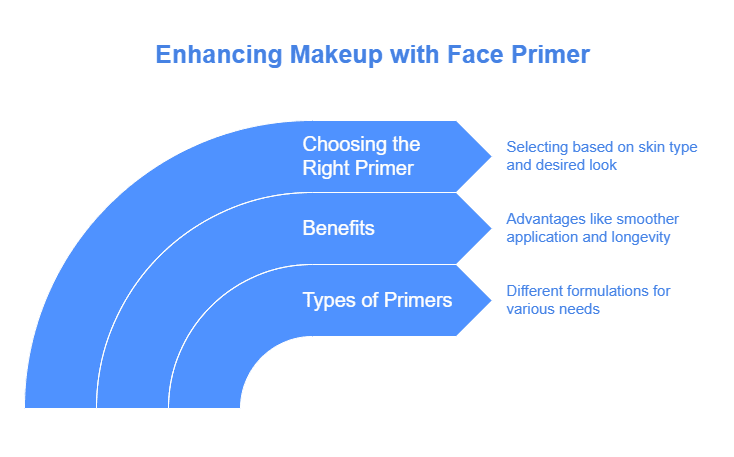Beauty
Face Primer: The Essential Guide
Face primer is a crucial step in any makeup routine, serving as a base that enhances the longevity and appearance of makeup. This document explores the various types of face primers, their benefits, and tips on how to choose the right one for your skin type. Whether you’re a makeup novice or a seasoned pro, understanding face primer can elevate your makeup game and ensure a flawless finish.
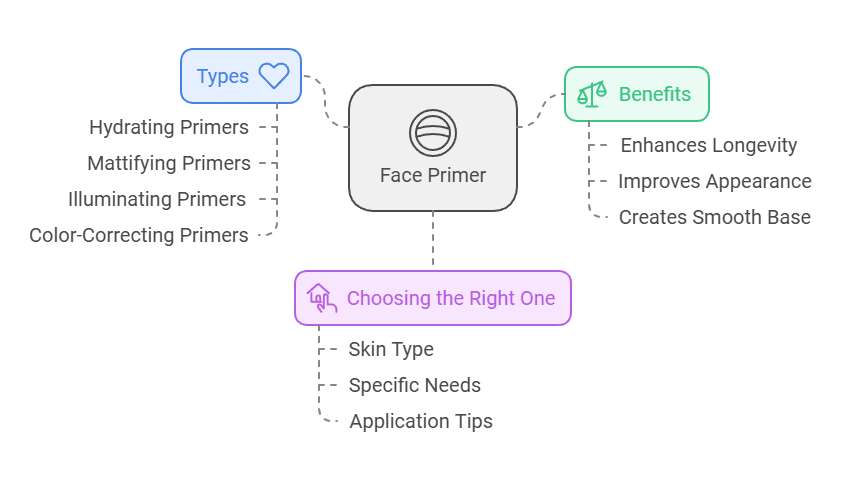
What is Face Primer?
Face primer is a cosmetic product applied to the skin before foundation or other makeup. Its primary purpose is to create a smooth canvas, allowing makeup to adhere better and last longer. Primers can also address specific skin concerns, such as oiliness, dryness, or uneven texture.
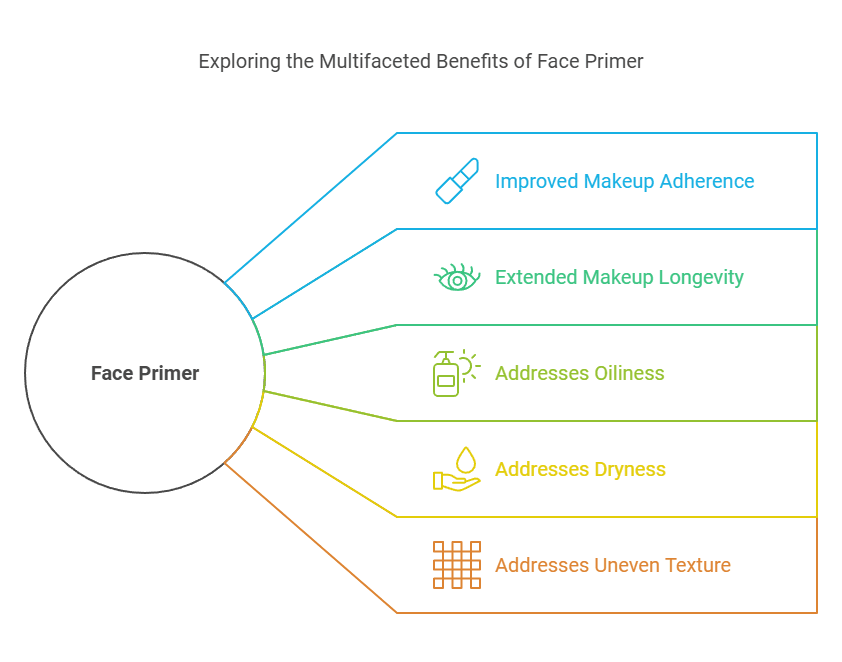
Types of Face Primers
- Mattifying Primers: Ideal for oily skin, these primers help control shine and minimize the appearance of pores.
- Hydrating Primers: Perfect for dry or dehydrated skin, hydrating primers provide moisture and create a dewy finish.
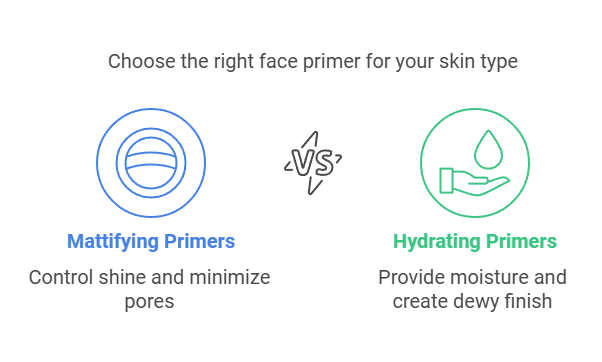
3. Pore-Filling Primers: These primers are designed to blur the appearance of pores and fine lines, creating a smoother surface for foundation.

4. Illuminating Primers: For a radiant glow, illuminating primers contain light-reflecting particles that enhance the skin’s natural luminosity.

5. Color-Correcting Primers: These primers come in various shades to neutralize specific skin tones, such as green for redness or lavender for dullness.
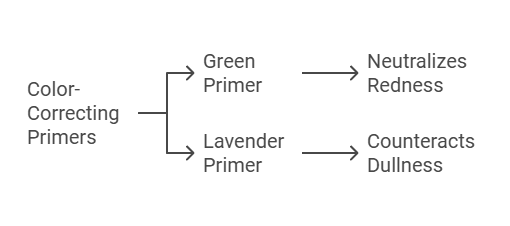
Benefits of Using Face Primer
- Increased Longevity: Primers help makeup stay in place throughout the day, reducing the need for touch-ups.
- Smoother Application: A good primer creates an even surface, allowing foundation and other products to glide on effortlessly.
- Enhanced Finish: Depending on the type of primer, you can achieve a matte, dewy, or luminous finish that complements your desired look.
- Skin Benefits: Many primers contain skincare ingredients that can hydrate, soothe, or protect the skin.
- Identify Your Skin Type: Consider whether your skin is oily, dry, combination, or sensitive to select a primer that caters to your specific needs.
- Start with Clean Skin: Ensure your face is clean and moisturized before applying primer.
- Use a Small Amount: A pea-sized amount is usually sufficient; apply it evenly across your face.
- Allow It to Set: Give the primer a few minutes to dry before applying foundation for the best results.
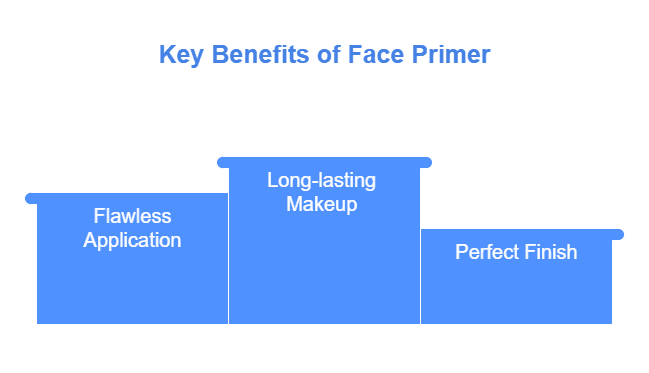
How to Choose the Right Face Primer
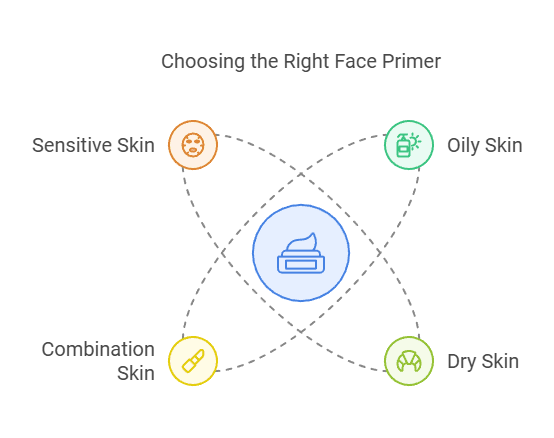
2. Determine Your Desired Finish: Decide if you want a matte, dewy, or luminous look to guide your choice of primer.

3. Consider Additional Benefits: Look for primers that offer extra benefits, such as SPF protection or anti-aging properties.

4. Test Before You Buy: If possible, try samples or swatches to see how the primer interacts with your skin and makeup.
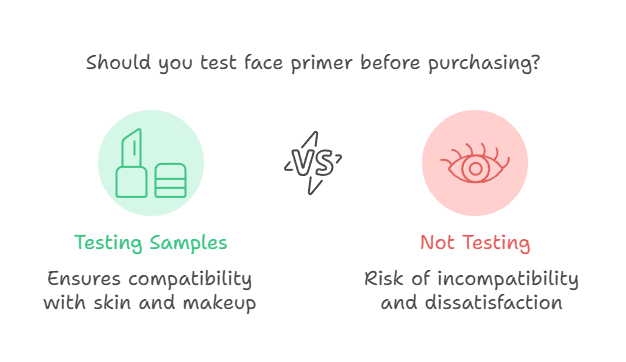
Application Tips

Conclusion
Face primer is an essential product that can significantly enhance your makeup application and wear. By understanding the different types of primers and their benefits, you can choose the right one for your skin type and desired look. Incorporating primer into your routine can lead to a more polished and long-lasting makeup finish.
